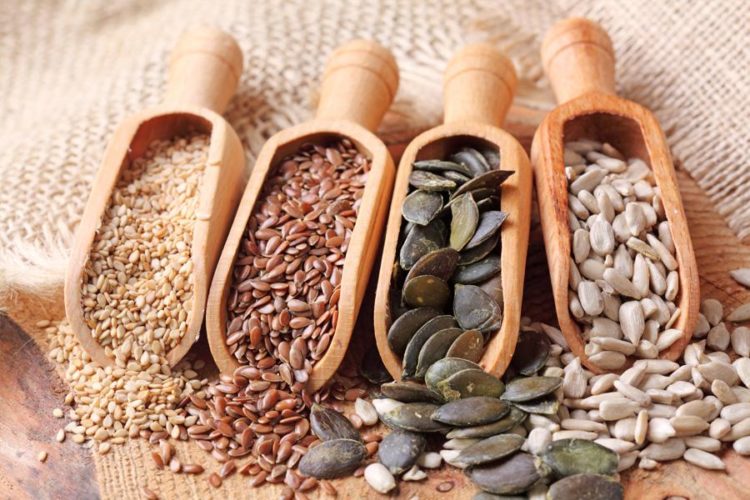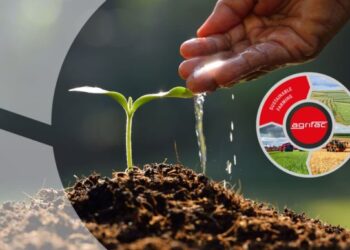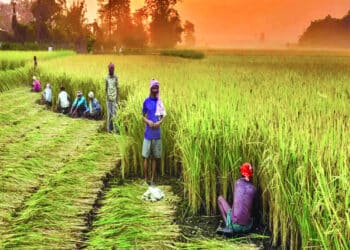To a considerable part, the response of all other inputs is determined by the quality of seeds. The direct contribution of quality seed to overall production is estimated to be between 15 and 20% depending on the crop, and it can be increased to up to 45 percent with efficient management of other inputs.
In India’s seed sector, particularly in the last 30 years, there have been substantial changes. The Government of India carried out a substantial restructuring of the seed business through the National Seed Project Phase-I (1977-78), Phase-II (1978-79), and Phase-III (1990-1991), which enhanced the seed infrastructure that was most needed and relevant at the time.
This could be considered a watershed moment in the development of a well-organized seed industry. The introduction of the New Seed Development Policy (1988 – 1989) was another key milestone in the Indian Seed Industry, transforming the seed industry’s very identity.
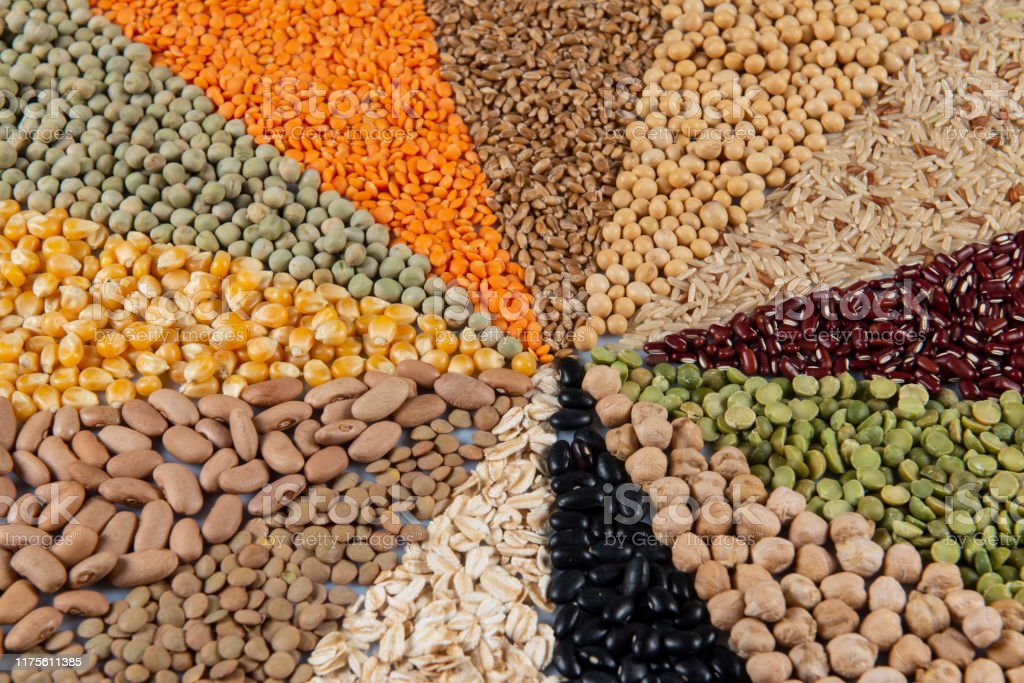
Seed Certification in India
In general, seed certification is a method for ensuring the physical identity and genetic purity of registered kinds and varieties of crops by maintaining and making available to the general public a continuous supply of high-quality seeds and propagation materials.
Seed cerTagstification is a legally recognized technique for ensuring the quality of seed production and multiplication.
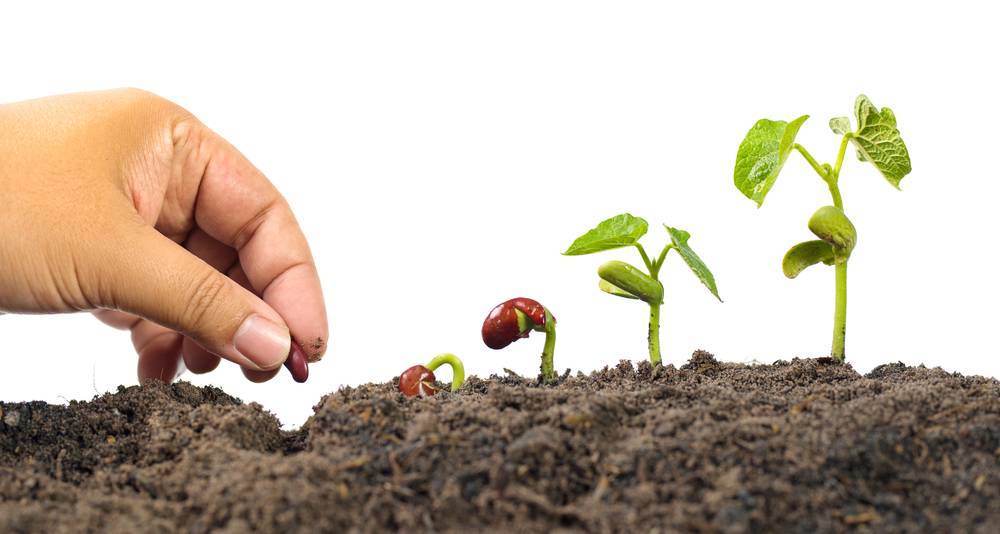
The origins of seed certification can be traced back to the turn of the twentieth century. The concept of seed certification arose from a growing worry about the quick loss of variety identification overproduction cycles.
Credit for this should go to the Swedish employees who were the first to start the process of seed crop field evaluation.
This started the field inspection process, which was later proven to be highly useful in keeping varieties pure in the manufacturing chain, but it also caused other issues.
To address some of these issues, scientists from the United States and Canada met in Chicago, Illinois in 1919 to form the International Crop Improvement Association (ICIA), which was renamed the Association of Official Seed Certifying Agencies (AOSCA) in 1969, paving the way for modern seed certification.
Role Of Private And Public Sector
For seed multiplication in a phased way, the Indian seed program primarily adheres to the concept of the restricted generation.
The system distinguishes between three generations of seeds: breeder, foundation, and certified seeds, and offers enough quality assurance measures in the seed multiplication chain to ensure that the variety’s purity is maintained as it passes from the breeder to the farmer.
Over the last few years, the private sector has begun to play a larger role in the seed market. Currently, there are around 400 or 500 enterprises involved in seed production or seed commerce.

Private seed businesses, on the other hand, have concentrated their efforts on high-value, low-volume seeds and the market for low-value, high-volume seeds. Seeds of cereals, pulses, and oilseeds are still mostly controlled by public seed firms.
In the case of maize, sunflower, and cotton, private sector enterprises play a key role. Because the private sector has been hesitant to enter the seed business for high-volume, low-margin crops like wheat, paddy, other cereals, oilseeds, and pulses, public seed businesses will continue to be dominant in cereals, pulses, and oilseeds for many more years.
Conclusion
As observed, the Indian Seed Programme has taken a central role in Indian agriculture, and it is well-positioned for sustained expansion in the years ahead.
Some of the seed-producing agencies have amassed a solid core of competent and experienced seed producers and seed dealers in various parts of the country over the past four decades, and they have an adequate level of specialization and competence in handling and managing various segments of seed improvement on scientifically sound and commercially viable terms.
Also Read: Top 5 Highest Paying Jobs In Agriculture
Source: TheAgrotechDaily


